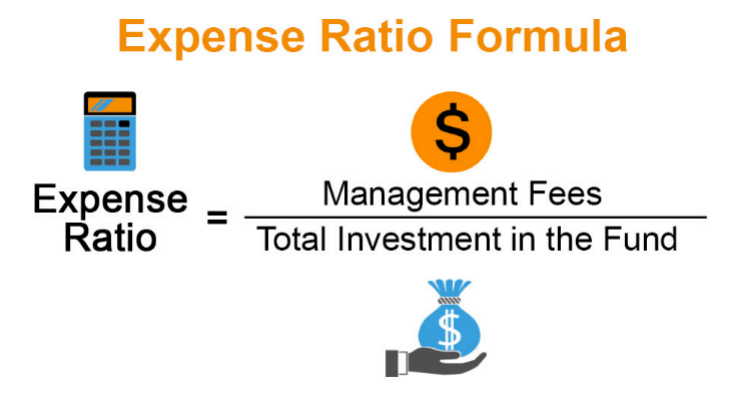The crypto market has gained investors by promising a space for high returns and decentralized innovation. Beyond the splashy headlines and dramatic price rises, however, is an important question: how might investors realize value in such a volatile space? The more one knows about the basic principles, performance metrics, and common pitfalls will be necessary to determine true opportunity in the crypto market.

The Difference Between Hype and Real Value
Hype in the cryptocurrency space is fostered by rumor, celebrity endorsement and dramatic price movements. Nevertheless, the intrinsic value occurs from the usefulness of the project proposal, the technology, as well as the market penetration rates. A key example is Bitcoin (BTC) and Ethereum (ETH). While Bitcoin is often described as "digital gold" in terms of its store-of-value property, Ethereum has market value via smart contract and decentralized application (dApp) enabled mechanisms. In contrast, cryptocurrencies like Dogecoin or Shiba-Inu for instance are mostly driven by social media virality and do not clearly attach to a use. The capitalization of Dogecoin during the 2021 bull cycle reached $88 billion, but it then collapsed by more than 75% in a few months. When considering an investment, evaluate the whitepaper, the utility, and the team driving the project. The actual bottom-line metrics-i.e., number of pairings and transaction volume-rather than growing out market capitalization.
Key Metrics for Assessing Crypto Value
- Market Capitalization and Circulating Supply: Market cap is defined as the product of the cryptocurrency price and outstanding supply. A greater market capitalization signals stability in that sense, but "stability value" does not come for free. For example, rare coin may represent coins with low supply but high prices. For example, the bitcoin market cap in 2023 was 600 billion of coins with 19 million coins in circulation. Compare this to smaller projects with a $1 billion market cap but high volatility due to lower liquidity and speculative trading.
- Daily Trading Volume: A high trading volume is an indicator of a high level of market interest or liquidity, in that it is readily possible to, without risk of price distortion, sell or buy an asset without difficulty. In quarter three of 2023, Ethereum’s daily trading volume averaged 10 million and therefore risky for large investors.
The Role of Utility and Adoption
Cryptos with clear applications will be more resilient during market crashes. Utility-driven applications, including Decentralized Finance (DeFi), Non-Fungible Tokens (NFTs), and blockchain infrastructure projects, are the primary applications being used.
Case Study: Chainlink (LINK)
Chainlink provides reliable price oracles for smart contracts, which are critical for DeFi operations. Such practical use has enabled a huge adoption delivering a Chainlink market capitalization more than $7 billion in 2023. Focus on projects with clear industry use cases. Examples of where blockchain adoption is having the biggest impact include areas of decentralized finance (DeFi) economy, supply chain operations and healthcare.
The Impact of Regulations on Value
Global regulatory developments significantly impact crypto market value. Even if regulations are designed to have a safeguarding effect on investors, they can also influence market perception and market entry. The U.S. Securities and Exchange Commission (SEC) has been engaged in scrutinizing crypto projects throughout its history. In 2023, the SEC’s lawsuit against Ripple Labs led to temporary market uncertainty, but Ripple eventually won a partial victory, boosting XRP’s value by over 30% in a single day.
Realizing Value Through Diversification
Diversification is an established tool for risk reduction in any. The crypto market is no exception. Dividing investment between other cryptocurrencies can reduce single coin underperforming losses.
- Portfolio Example
An investor with a diversified crypto portfolio might allocate:
- 50% in established coins like Bitcoin and Ethereum.
- 30% in mid-cap altcoins with high growth potential.
- 20% in emerging sectors like NFTs and DeFi.
This strategy balances stability and high-reward opportunities.

Avoiding Common Investment Pitfalls
- Emotional Trading: Crypto’s volatility often triggers emotional decisions. Investors who enter during hype cycles generally exit ahead of market downturns, making them a loss. In the 2018 crypto crash, retail investors exited positions at a loss, and assets went on a successful rebound in the following years. To tackle such crashes, adopt a long-term mindset. Similarly, use stop-loss orders, e.g., for risk management, to avoid losing a momentum of indiscriminate sell-off.
- Ignoring Security: Security risks are prevalent in the crypto space. Cryptocurrency hacks and scams in 2022 lost more than $3 billion. The security of assets stored in hardware wallets and with secure exchanges is critical. Never store large amounts of crypto on exchanges. Instead, use cold wallets and enable two-factor authentication (2FA).
Future Outlook: Building Sustainable Value in the Crypto Market
The crypto field is full of opportunity for wealth, achievement, however, success hinges upon understanding true value that is separated from the hype. Considering the utility, adoption rates, regulatory environment and diversification, investors can design an effective strategy. Remember, the next step in getting to the point of achieving the full potential of crypto is time, in getting the information and keeping it. Market can indeed be very volatile, but by using the right approach, one can cope with its fluctuations and achieve its possible maximum long term returns.






